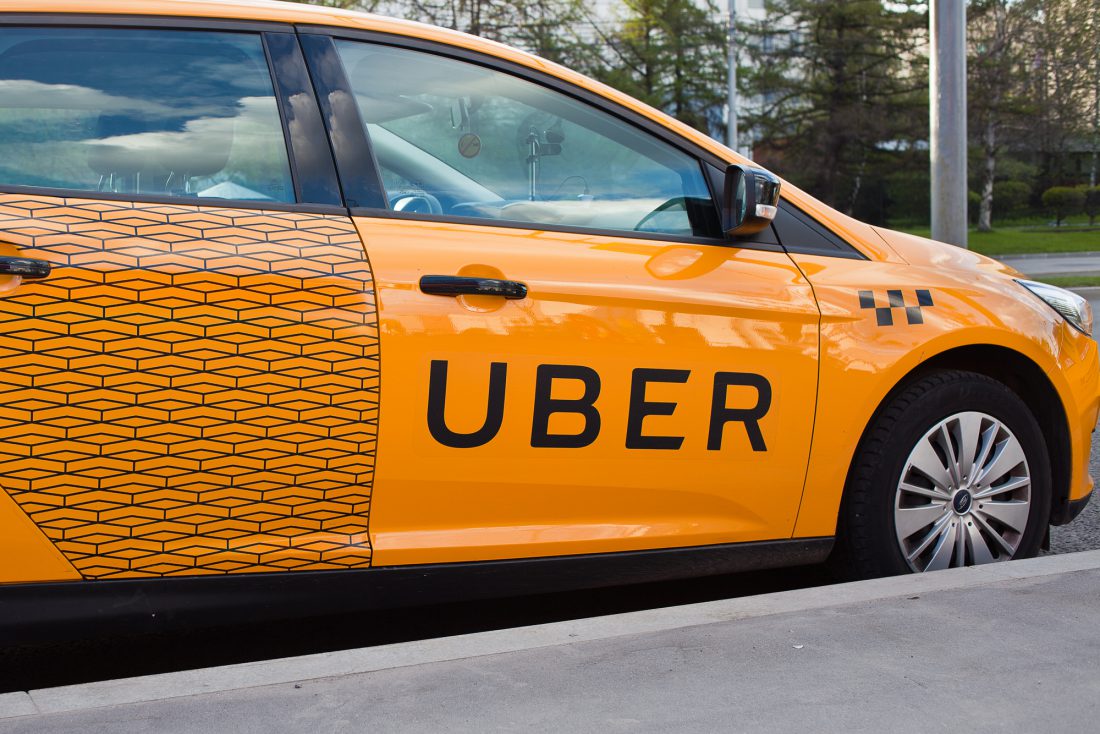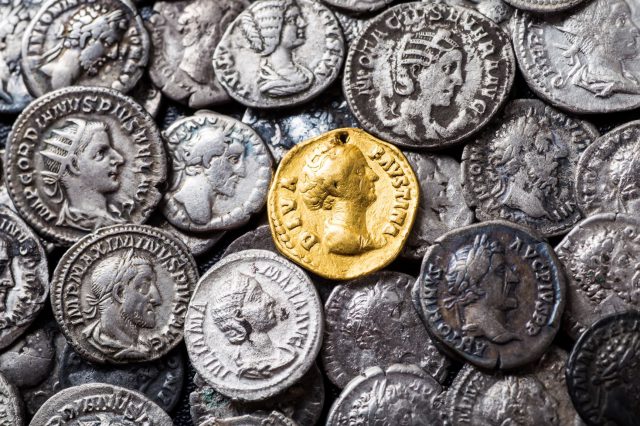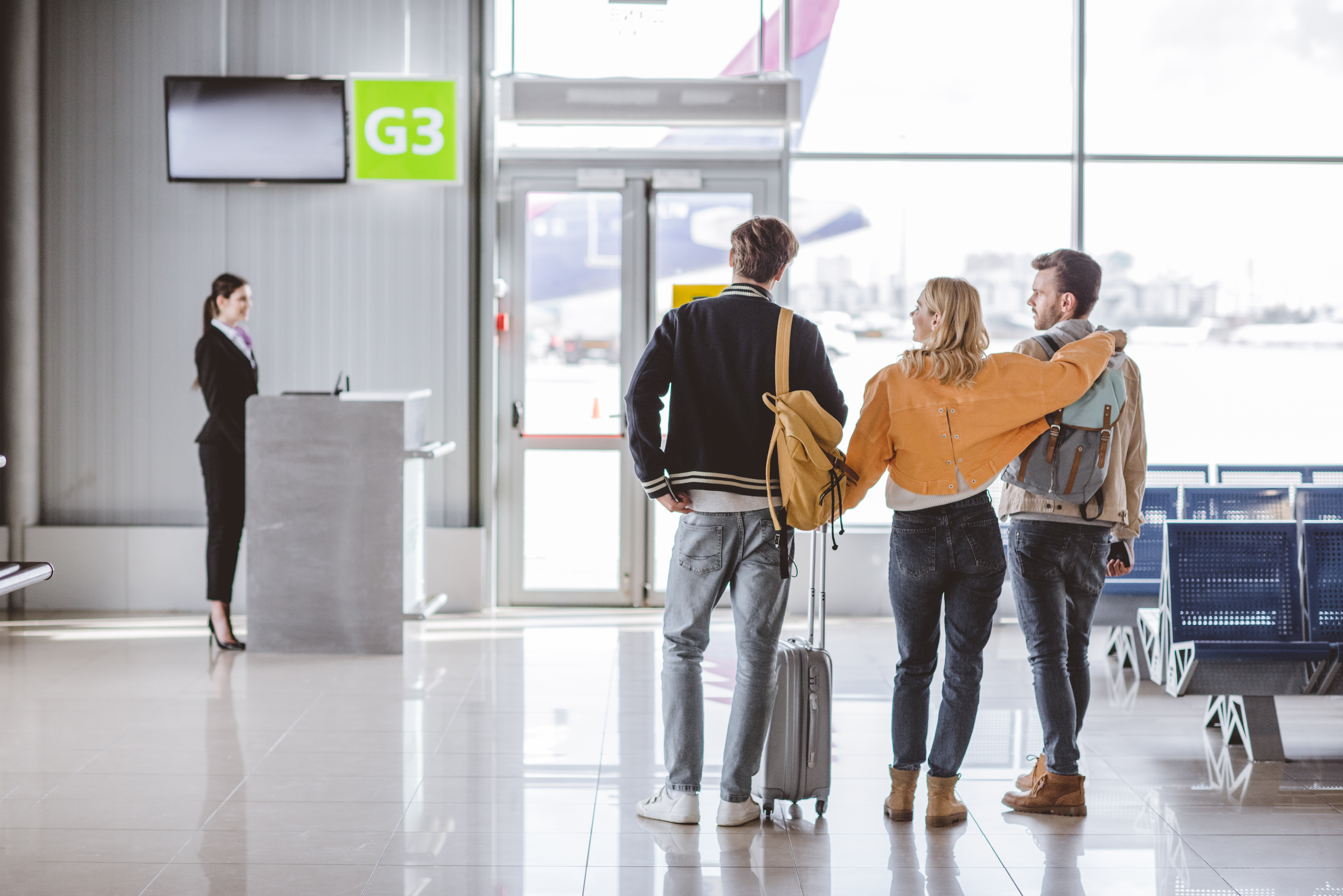I get it. I’m not going to be popular when this article is published. But please hear me out.
Yesterday (8th March 2023), there was a digital signal error on the Sydney Train network, which brought the system to a grinding halt at 2:45pm. It was 90 minutes before any trains were running. Even then, the capacity was lower than normal.
Commuters needed to get from A to B. Many were in a rush. And they looked for alternatives including buses, walking, taxis, and Uber.
As you might expect, the number of people wanting to travel by Uber surged. And so did their prices…
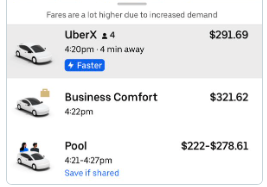
… which led to a surge in complaints on twitter and other social media platforms.
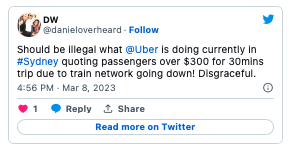


So you might ask, why does Uber use Dynamic Pricing if it leads to so complaints?
Why Uber uses Dynamic Pricing
Uber calls it Surge Pricing. I call it Dynamic Pricing. Whatever you call it, it works like this: When there are lots of passengers wanting to book a ride, and not many drivers, the price of an Uber goes up. And when there are lots of drivers without many passengers, the price reduces.
Not only does the price fluctuate for passengers, it also fluctuates for drivers.
This is such an important, and overlooked point, so I will repeat it. Not only does the price fluctuate for passengers, it also fluctuates for drivers.
Uber doesn’t employ its drivers and doesn’t pay them a fixed wage. Putting aside the legal debate around the nature of the contractual relationship between Uber and its drivers, each driver operates more like a self-employed contractor who choses his/her own hours. Drivers will choose to drive at a time that is convenient and financially rewarding.
When there is a shortage of Uber Drivers in suburb Y, prices surge as described above. This has a number of important effects:
- More drivers will travel from suburb X to suburb Y, knowing they can earn more in suburb Y.
- More drivers will get off the couch, knowing that they can earn more per hour than normal.
- Many passengers choose to wait until prices reduce, or find other means of transport.
The combination of these effects brings the market back into equilibrium, and prices usually return to normal fairly quickly.
Suppose you need an Uber urgently and there are none around. Let’s look at what happens in the background…. There is a driver who is 15 minutes away. He could take a local job which is 1 minute away from his current location, or he could travel (empty) to you. Which trip would the rational driver take? If you don’t believe prices should surge, then you are implicitly expecting the driver to forgo the nearby trip, and spend 15 minutes driving to you, for no financial reward. You wouldn’t do that if you were an Uber driver, so why should they do it for you?
Surge pricing solves this problem, because it provides a financial incentive for the driver to pick you up. If you aren’t prepared to pay the price being quoted to you, it indicates that you aren’t prepared to pay enough to incentivize the driver to go out of his way to collect you.
What if there was no dynamic pricing
If there was no dynamic pricing, the good news is that prices would be predictable. They wouldn’t surge. The bad news is, it would often be impossible to get an Uber when you need one. That means that young children would be waiting outside school for their parents to pick them up. Pregnant mothers wouldn’t be able to get to a hospital quickly when the go into labour. And people would miss flights. These scenarios used to happen frequently when we all relied on taxis.
Most of us would pay more for Ubers in those situations, if the alternative is not being able to ride. And as a society, when there is a shortage of Ubers, we would want the Ubers to be used by those people who need them most.
Because one day that might be us.
Does that mean Uber has got it right?
Certainly not.
Uber has reportedly acknowledged that:
- They applied a “surge cap”, however they were too slow to do so. They blamed the NSW government for not notifying Uber of the train network outage.
- They will be refunding riders who were charged more than their surge cap.
Uber should be able to quickly identify the surge, and its caps should kick in automatically. They should not be relying on Transport NSW to advise them of an outage.
It really isn’t that difficult. For example, if their cap is 3 times the average historical price for a particular journey, then as soon as the price for a particular ride jumps above that level, they should apply the cap.
What we can learn from this
While often unpopular with customers, Dynamic Pricing results in better outcomes for marketplace operators, consumers, and suppliers alike.
Caps and limits on price surges can be effective in reducing customer complaints. However, they are only effective if they are actually used.


